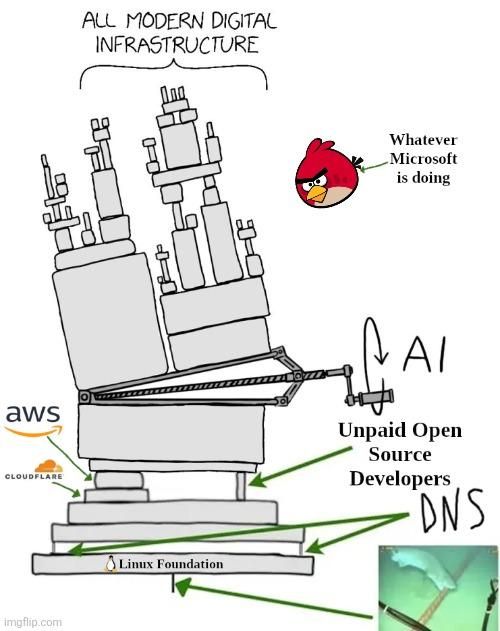
Chirality is known to be important for the movement of microorganisms and active matter. In our new paper out today in @natphys.nature.com, we show that chirality is used by malaria parasites to control their motion patterns:
doi.org/10.1038/s415...
Here comes a 🧵 ... (1/9)
Chirality is known to be important for the movement of microorganisms and active matter. In our new paper out today in @natphys.nature.com, we show that chirality is used by malaria parasites to control their motion patterns:
doi.org/10.1038/s415...
Here comes a 🧵 ... (1/9)
www.biorxiv.org/content/10.1...
Revision work lead by @longweibai.bsky.social
Our work reveals how the #microbiota helps buffer #malnutrition: L. plantarum sustains intestinal activity of the steroid hormone ecdysone, expanding the midgut and supporting systemic growth.


www.biorxiv.org/content/10.1...
Revision work lead by @longweibai.bsky.social
Our work reveals how the #microbiota helps buffer #malnutrition: L. plantarum sustains intestinal activity of the steroid hormone ecdysone, expanding the midgut and supporting systemic growth.
www.embopress.org/doi/full/10....

www.embopress.org/doi/full/10....

forum.image.sc/t/bigvolumeb...

www.science.org/doi/10.1126/...

www.science.org/doi/10.1126/...
arxiv.org/abs/2511.15304
Like magic spells, you need to use the correct pentameter or the demon won't listen

arxiv.org/abs/2511.15304
Like magic spells, you need to use the correct pentameter or the demon won't listen
It ships many new features, detailed below, but that are articulated around the following:

It ships many new features, detailed below, but that are articulated around the following:

www.nature.com/articles/s41...





Is it sponges (panels A & B) or comb jellies (C & D) that root the animal tree of life?
For over 15 years, #phylogenomic studies have been divided.
We provide new evidence suggesting that...
🔗: www.science.org/doi/10.1126/...



www.nature.com/articles/d41...


Brilliant study led by @fmacleod.bsky.social and Andriko von Kügelgen. Tight collaboration with @buzzbaum.bsky.social and lab. Congrats to all authors!
www.biorxiv.org/content/10.1...

Brilliant study led by @fmacleod.bsky.social and Andriko von Kügelgen. Tight collaboration with @buzzbaum.bsky.social and lab. Congrats to all authors!
www.biorxiv.org/content/10.1...

Brilliant study led by @fmacleod.bsky.social and Andriko von Kügelgen. Tight collaboration with @buzzbaum.bsky.social and lab. Congrats to all authors!
www.biorxiv.org/content/10.1...
How the stables have turned.
How the stables have turned.

This article supports once more the hypothesis that sponges (and therefore animals) emerged about 100 million years before the Cambrian, and before we find any animal fossils.
www.pnas.org/doi/suppl/10...

This article supports once more the hypothesis that sponges (and therefore animals) emerged about 100 million years before the Cambrian, and before we find any animal fossils.
www.pnas.org/doi/suppl/10...


